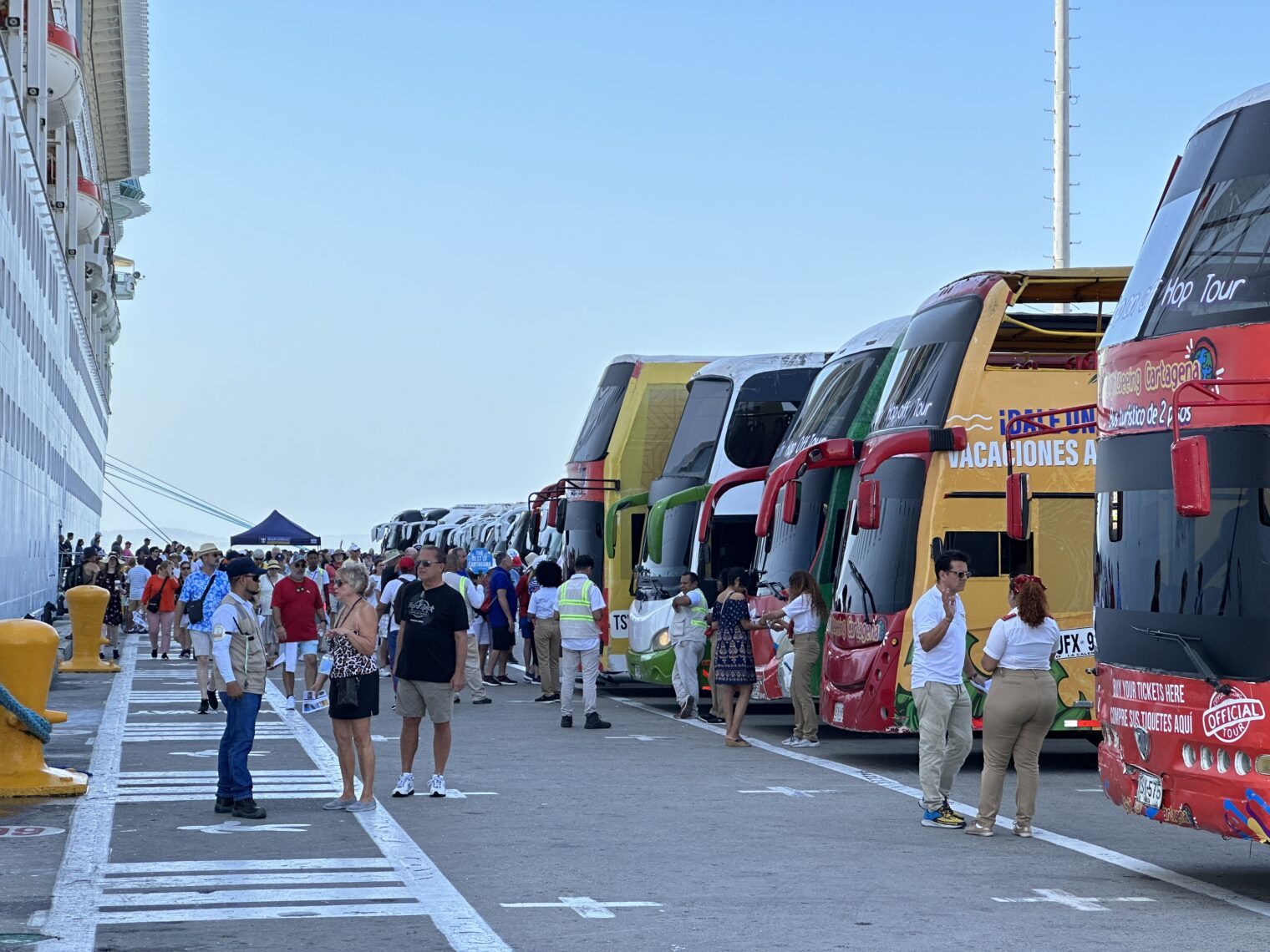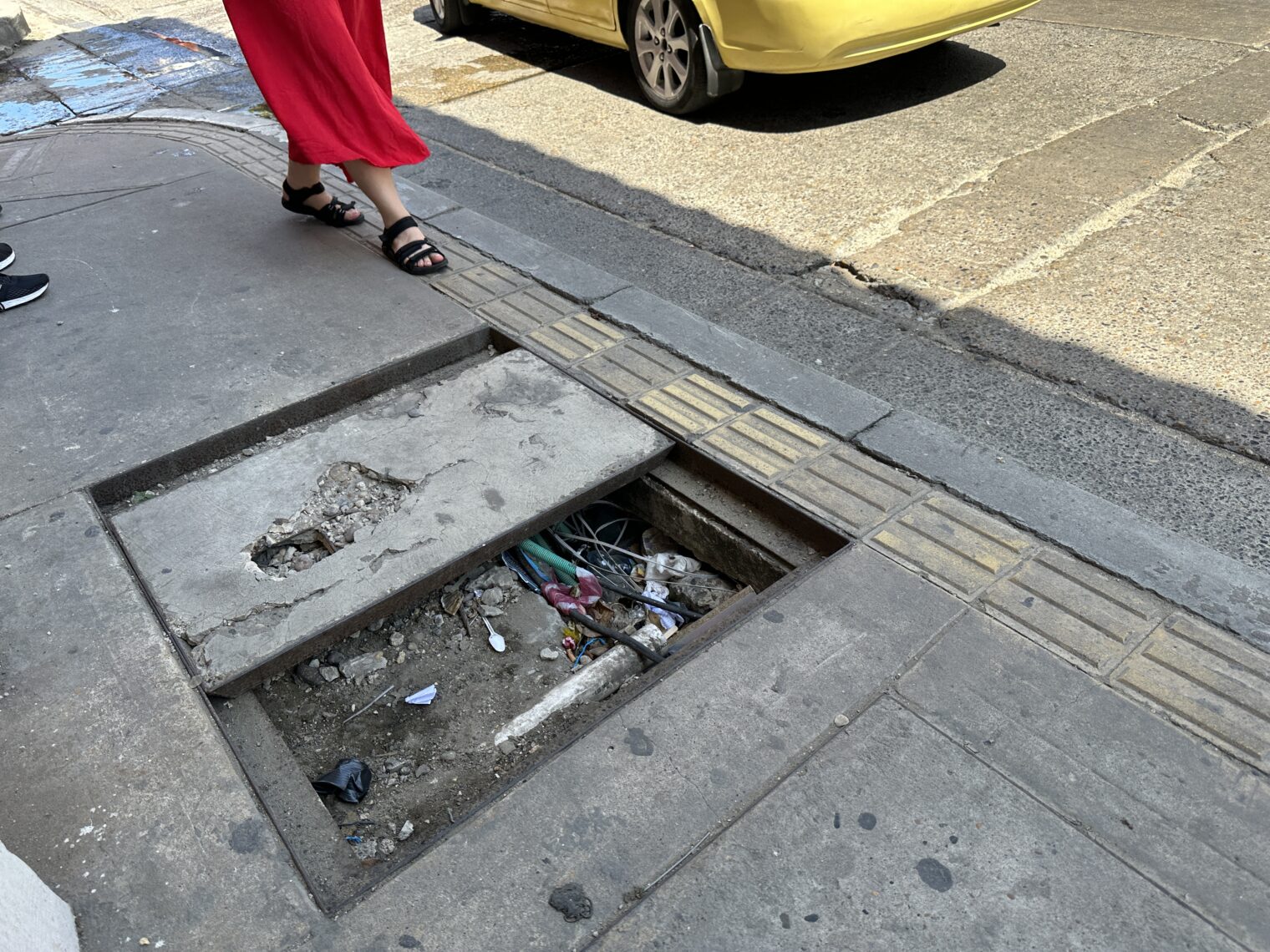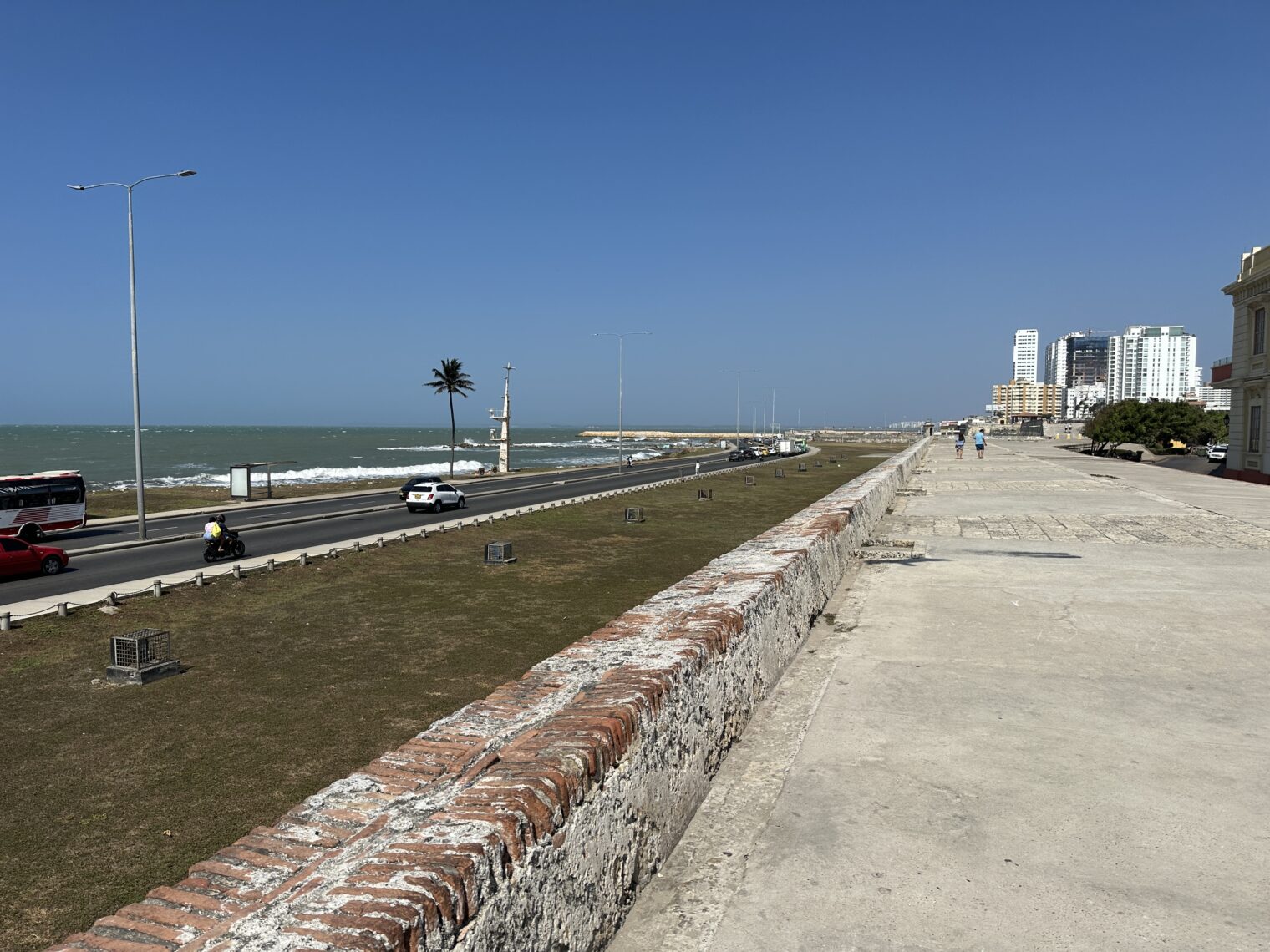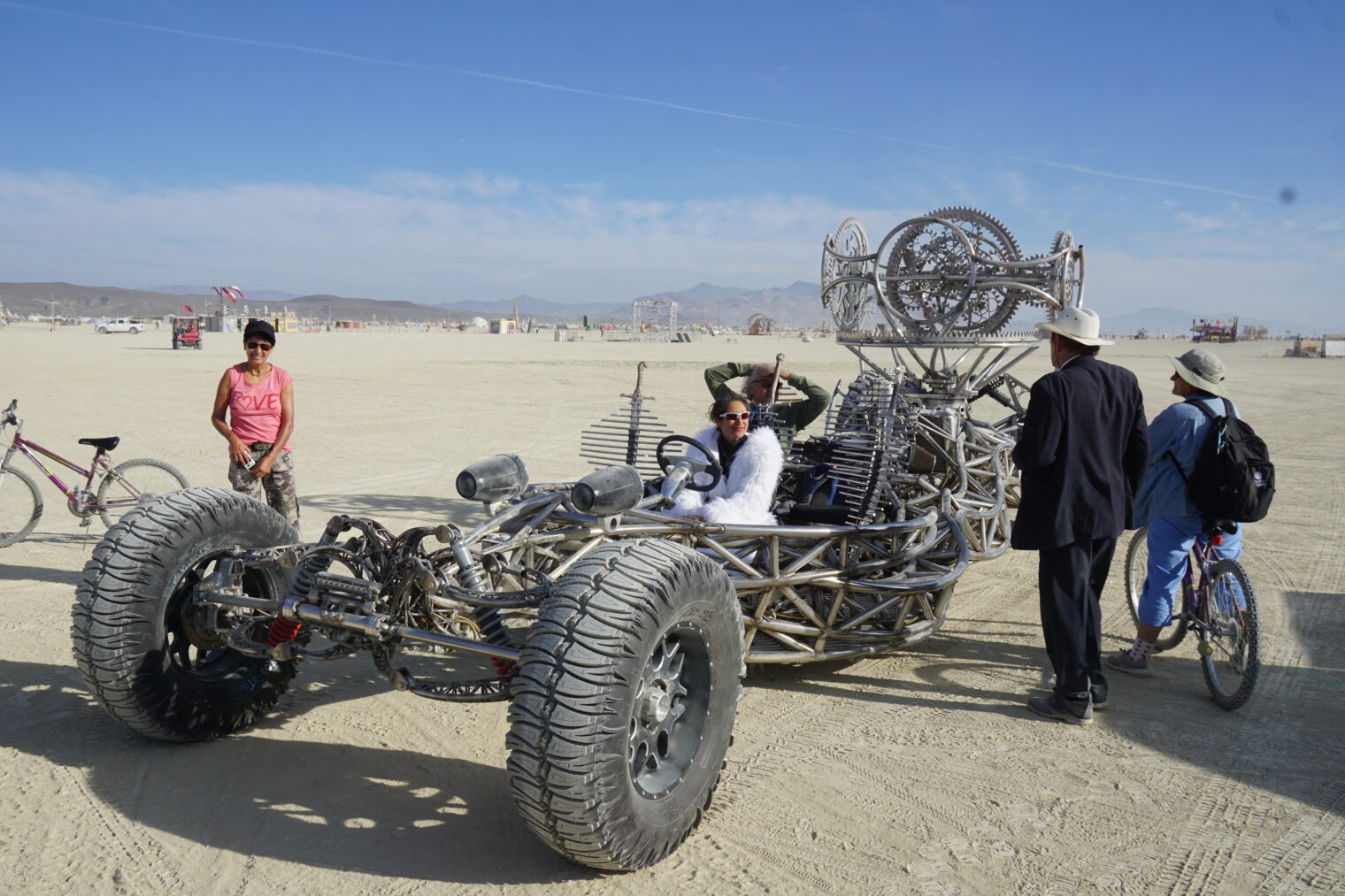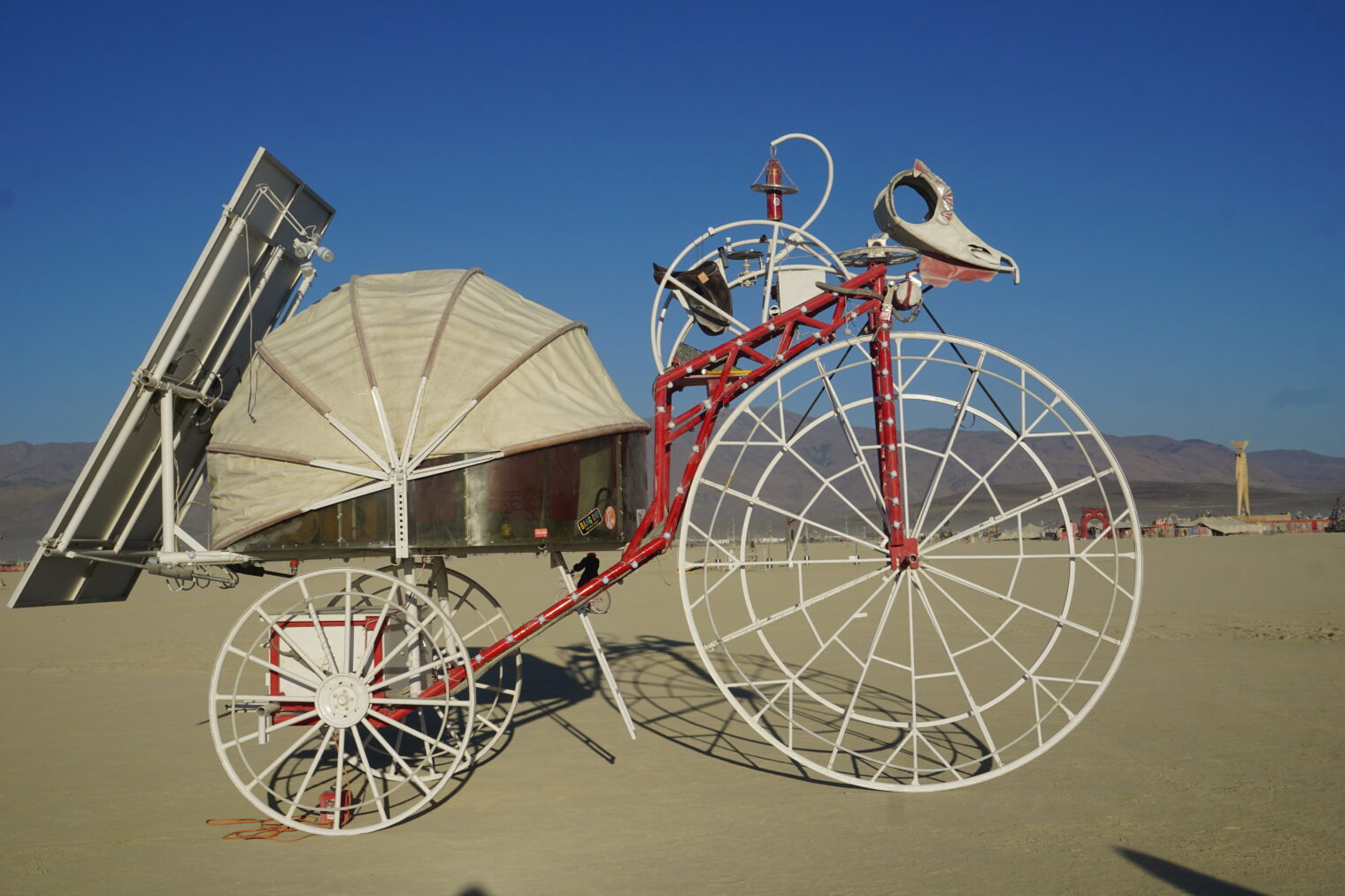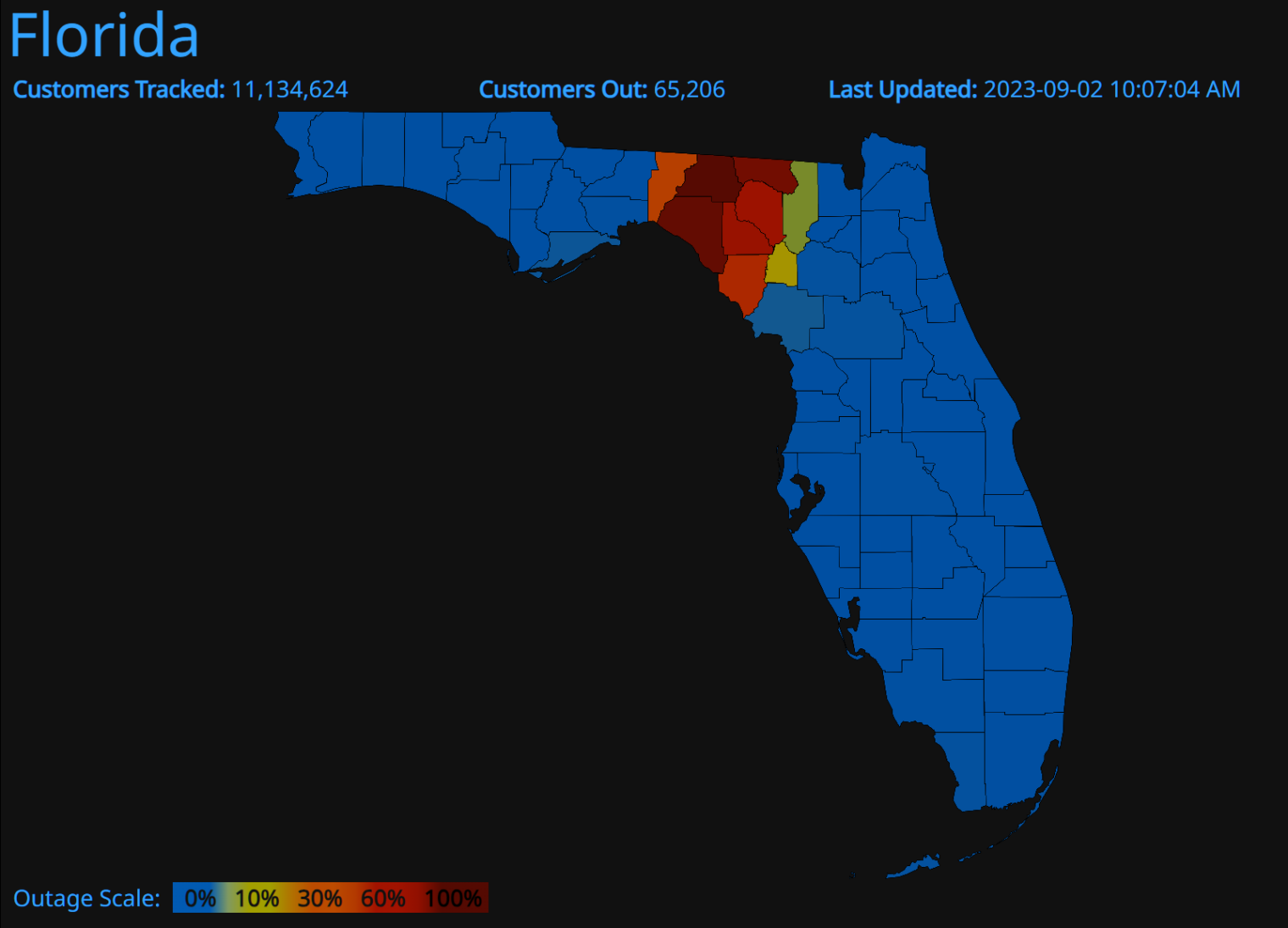Cartagena, Colombia, UNESCO World Heritage Site
Now that the 125-degree heat is winding down in the U.S. and readers in the soon-to-be-frigid north are planning their winter escapes, some thoughts on a popular warm destination…
The culture nerds in Paris designated Cartagena, Colombia a World Heritage Site back in 1984:
Situated on the northern coast of Colombia on a sheltered bay facing the Caribbean Sea, the city of Cartagena de Indias boasts the most extensive and one of the most complete systems of military fortifications in South America. Due to the city’s strategic location, this eminent example of the military architecture of the 16th, 17th and 18th centuries was also one of the most important ports of the Caribbean. The port of Cartagena – together with Havana and San Juan, Puerto Rico – was an essential link in the route of the West Indies and thus an important chapter in the history of world exploration and the great commercial maritime routes. On the narrow streets of the colonial walled city can be found civil, religious and residential monuments of beauty and consequence.
… The components that make up the Port, Fortifications and Group of Monuments, Cartagena, are authentic in terms of location and setting, forms and designs, and materials and substance. The property constitutes an exceptional example of Spanish military architecture of the 16th, 17th and 18th centuries, and the existing fortification works remain authentic examples of some of the most important military engineers of this period, including Juan Bautista (Giovanni Battista) Antonelli, Juan de Herrera y Sotomayor, Antonio de Arévalo, Ignacio Sala and Juan Bautista MacEvan.
The city was in the news more recently for a different kind of cultural treasure… “US Secret Service Cartagena scandal ‘involved 20 women'” (BBC):
The US Secret Service prostitution scandal involved as many as 20 women, 11 American agents and some military personnel, senior US officials say.
Senator Susan Collins, briefed by the Secret Service director, said 20 women were found at the US hotel.
The incidents took place in Cartagena, Colombia, ahead of last weekend’s Summit of the Americas.
The BBC article includes a subhead “Dog-handlers investigated” with no explanation or elaboration.
Hoping to catch up with Hunter Biden, I visited in February 2023 via Royal Caribbean’s Vision of the Seas (onboard Internet made it a work trip with a colleague in which we stopped to stretch our legs periodically).
Coming into the historic city and docks as viewed from the deck:
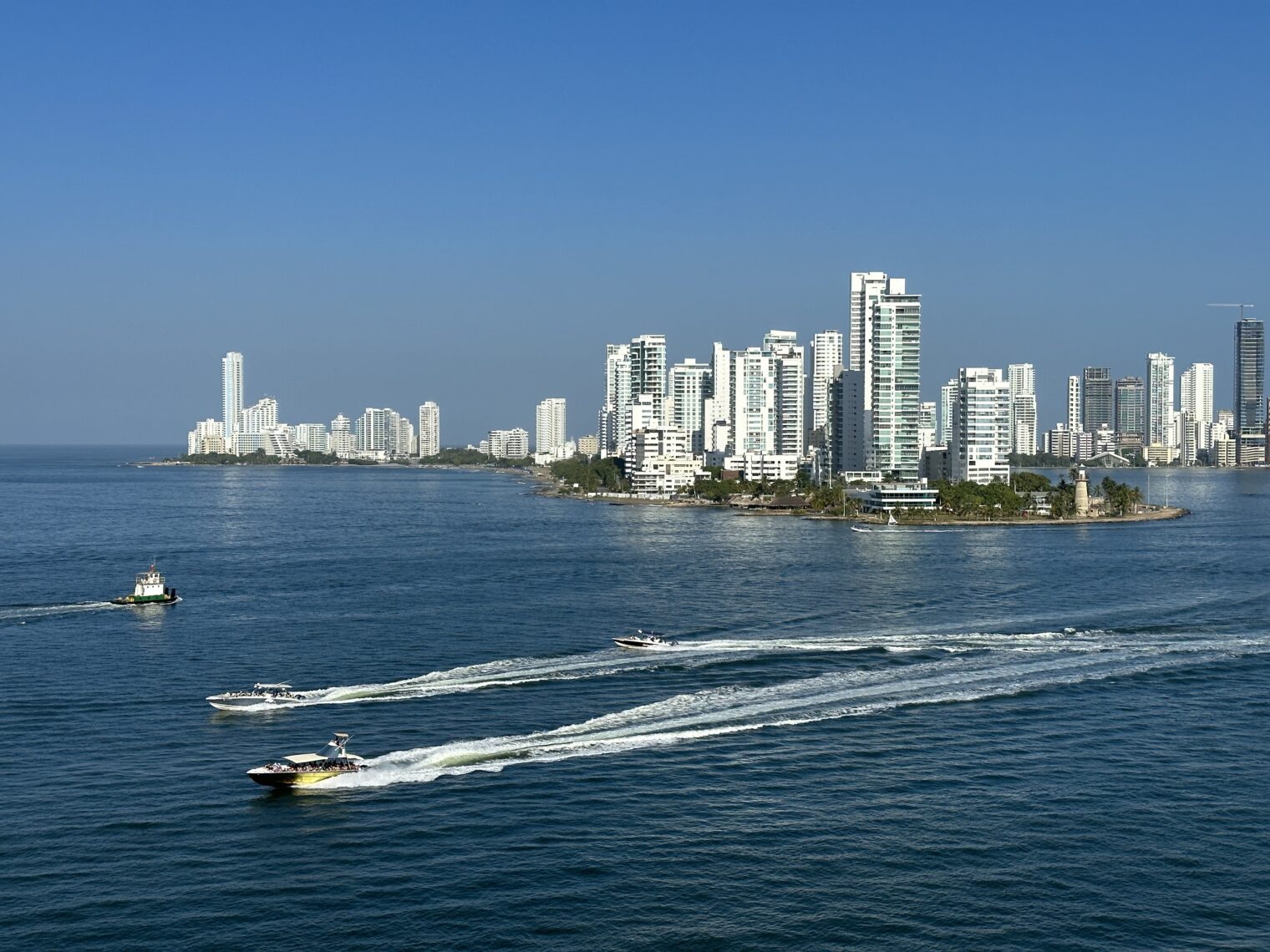

Let’s check out the iPhone 14 panoramic capability:
Here are the smart folks walking 50 steps and getting on a tour bus:
Our decision to walk took us through a fun welcome center:





As soon as we got out of the port, we were besieged by taxi drivers who told us that it wouldn’t be safe to walk into the historic center. We ignored them because we wanted to get a feel for the town and they were partly right. The first 15 minutes of the walk is on narrow sidewalks that are in poor condition. The streets are jammed with traffic and it was already uncomfortably hot by late morning.
Nonetheless, it was interesting to see a few views that the tourist who zips straight to the historic center might miss.
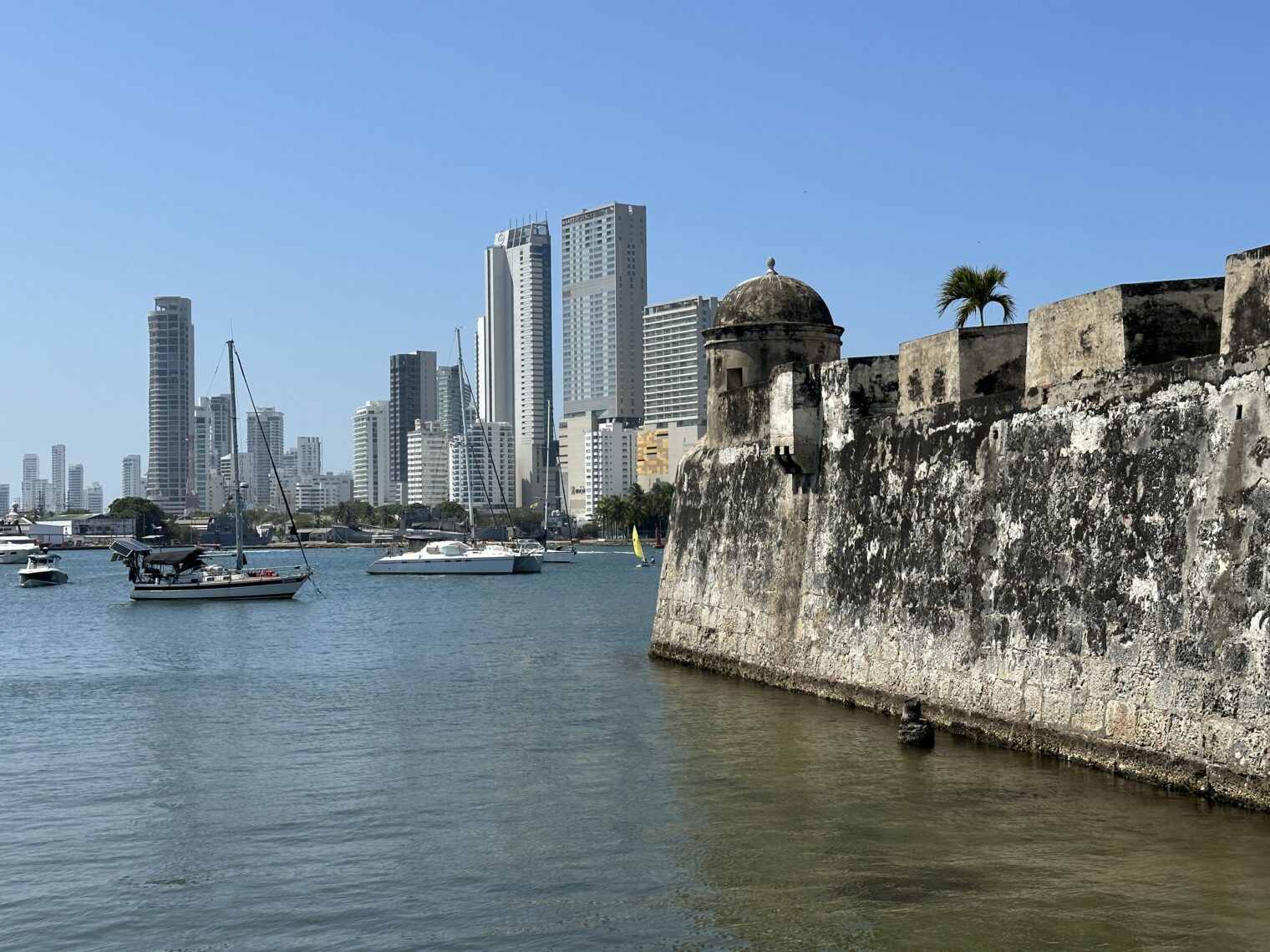

The tourist center is jammed with… tourists:
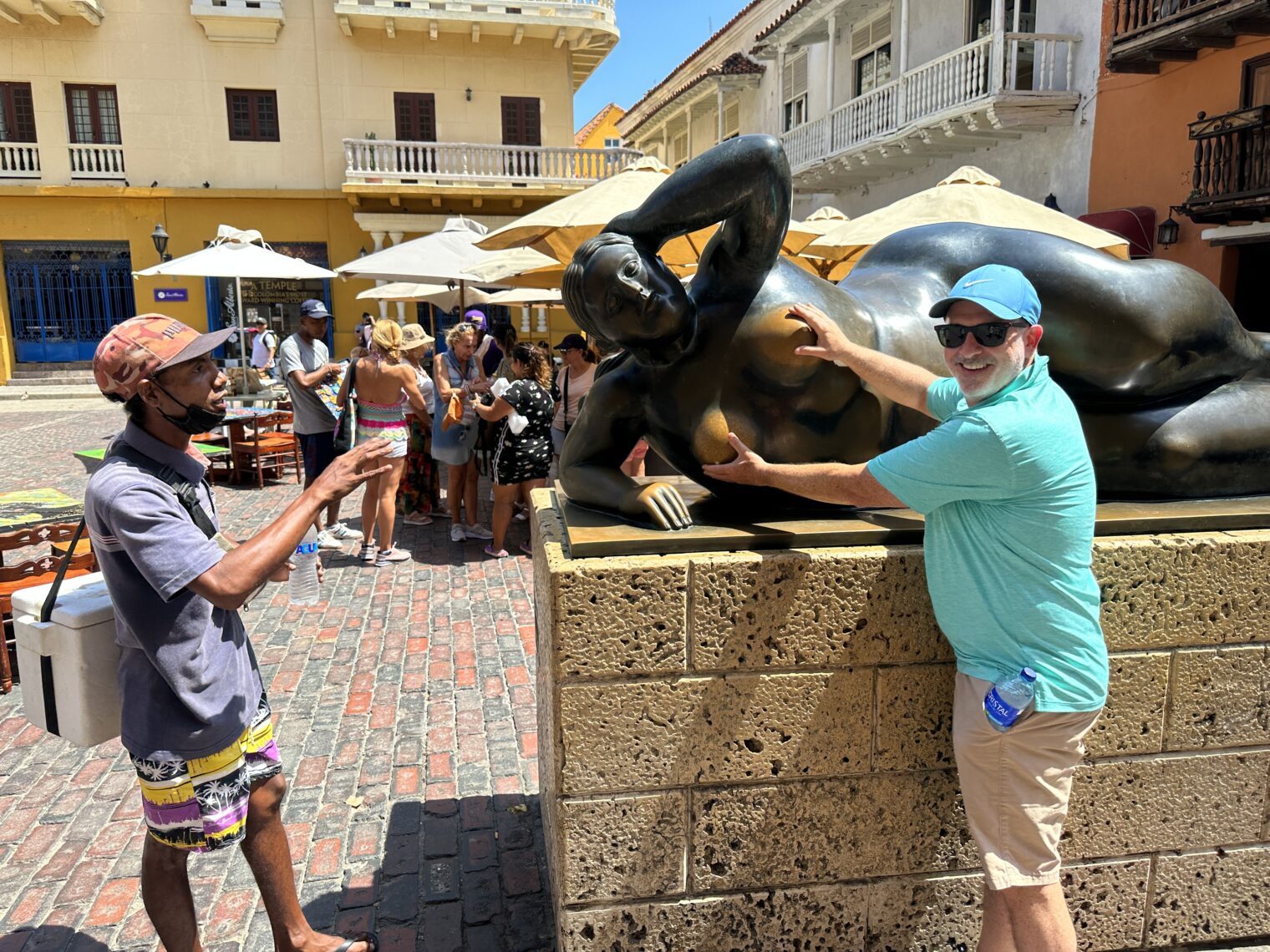
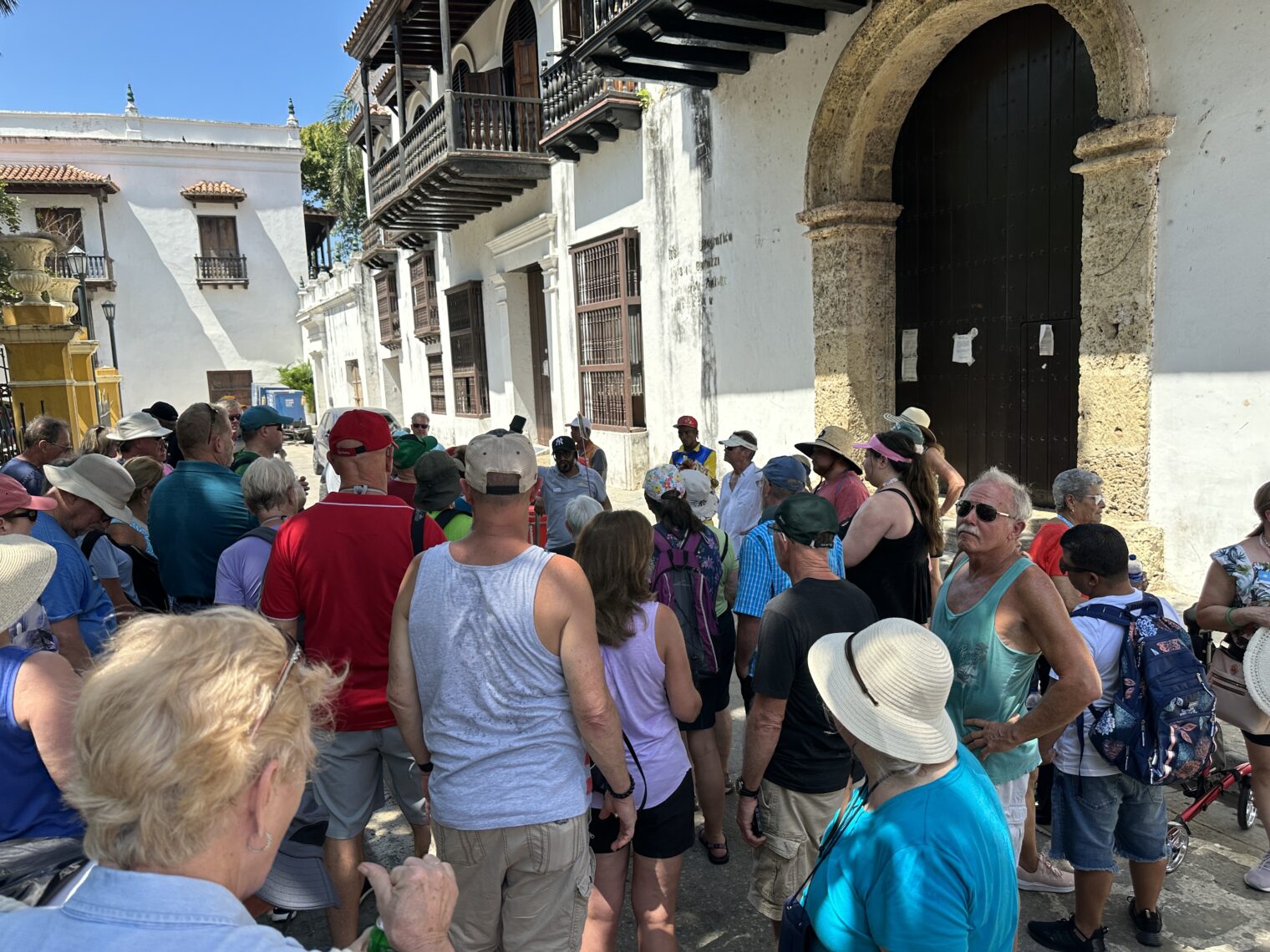
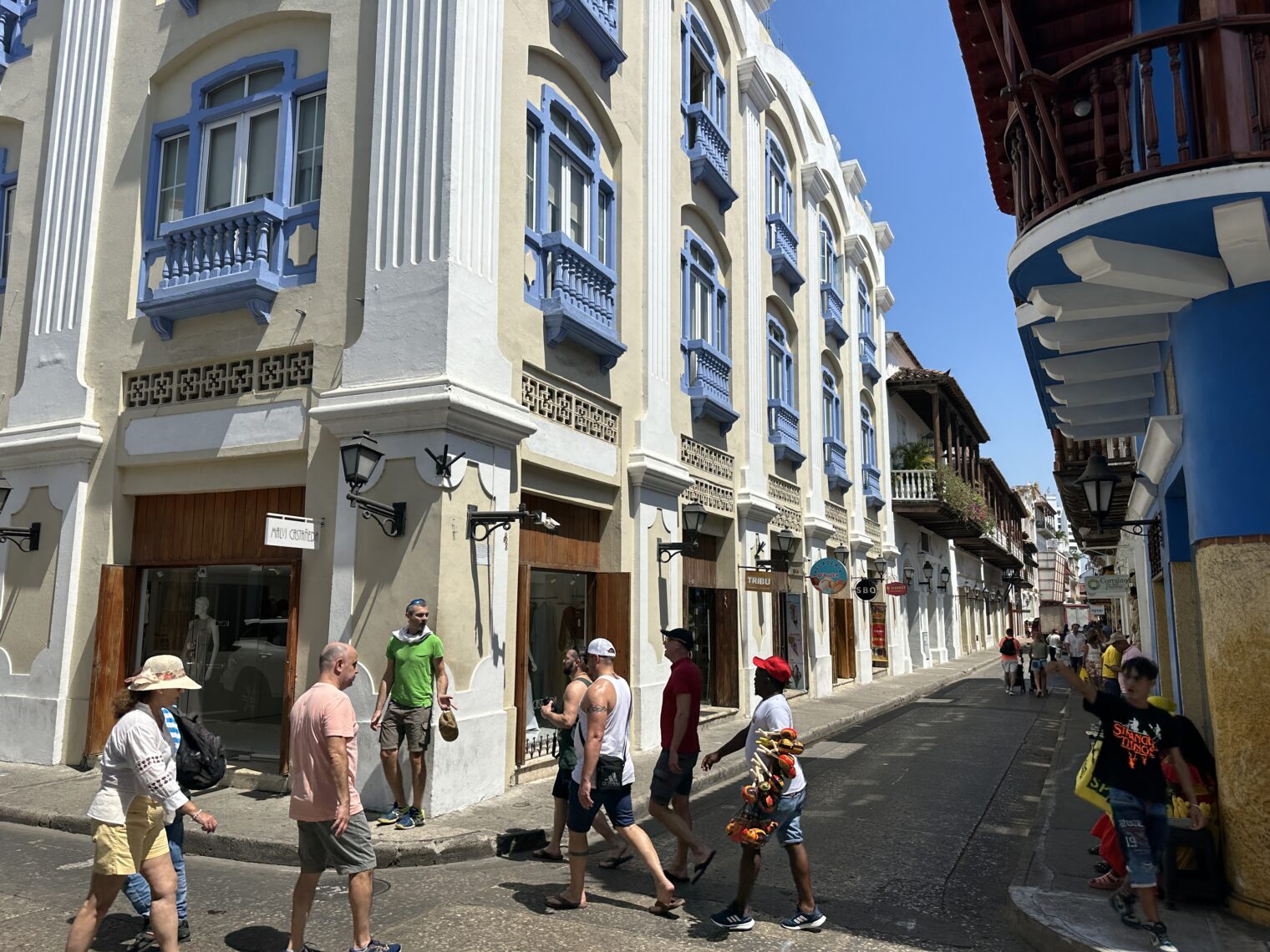
The cathedral offers some escape from the sun and heat:


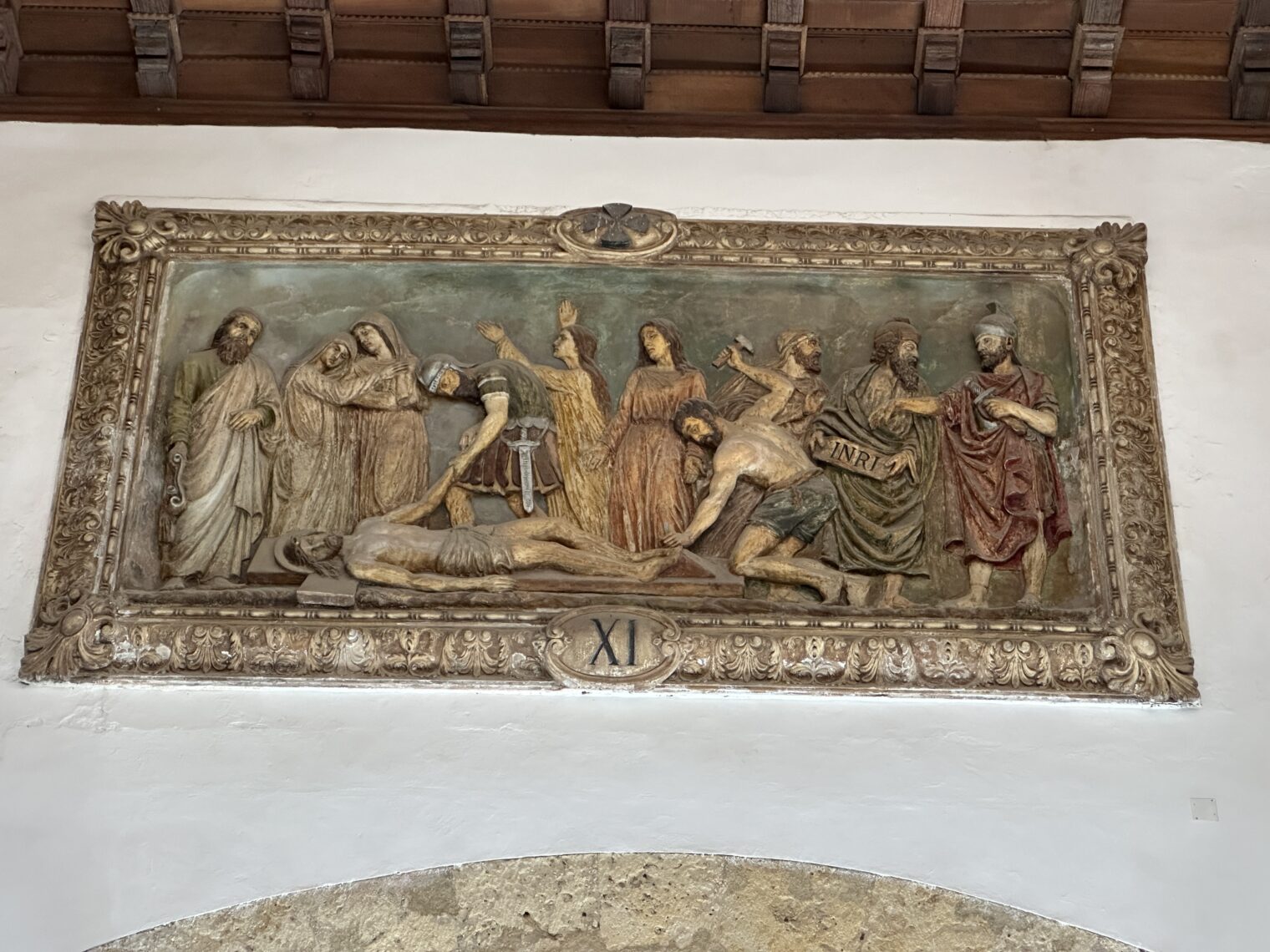
The local museum features some good views of the plaza below and also some practical ideas for Covidians:
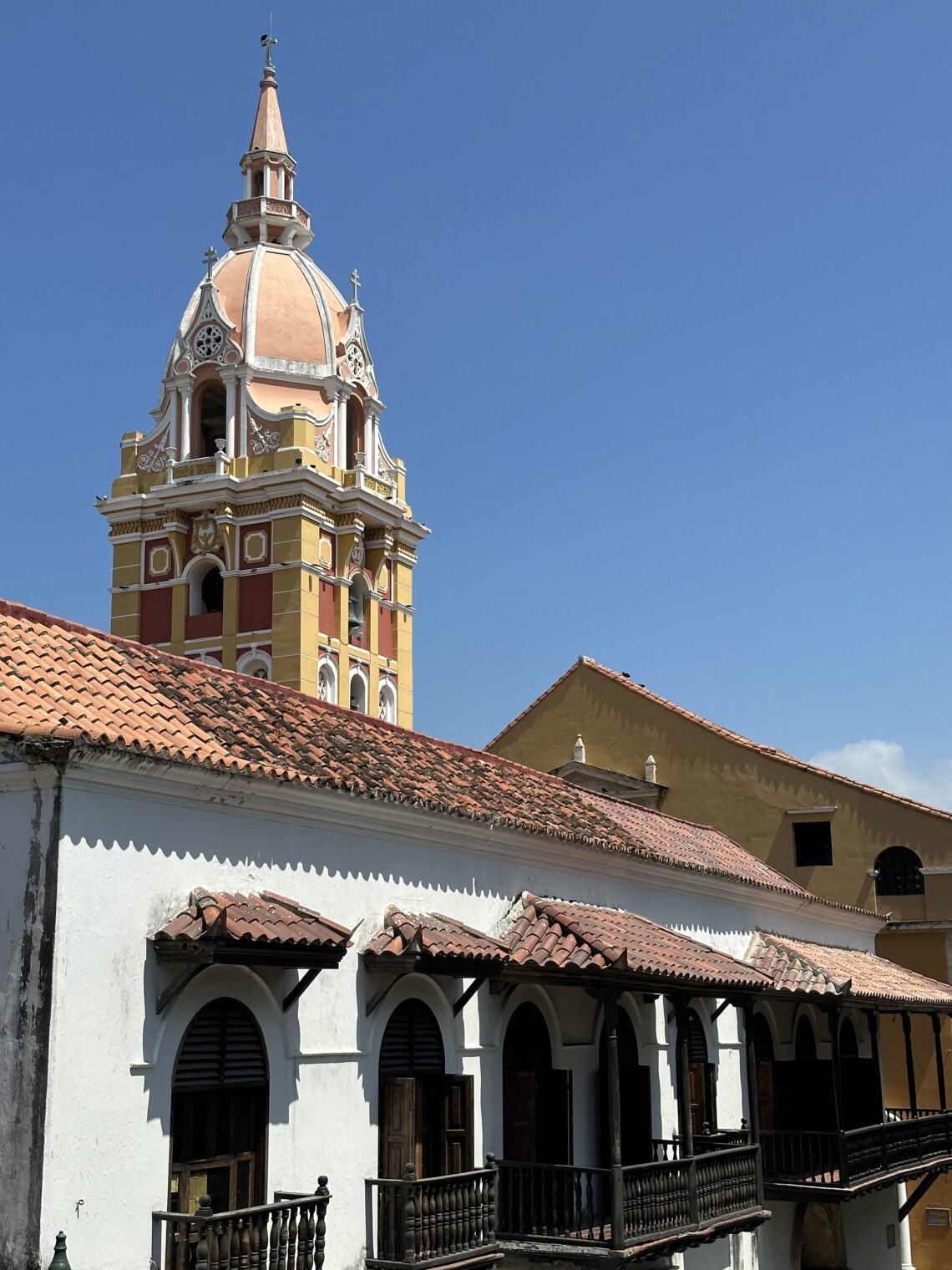
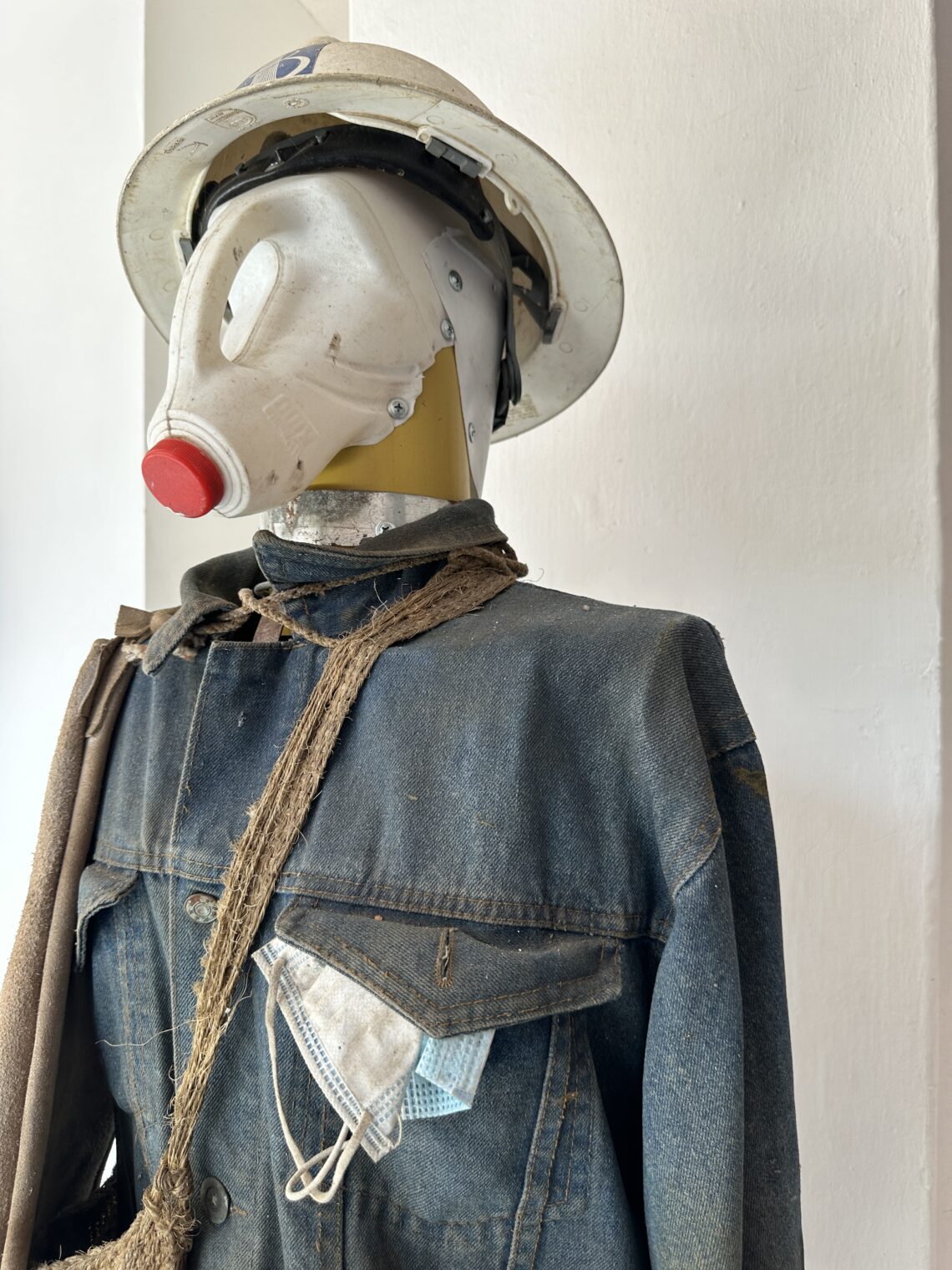
The Ring doorbell people could take some ideas away from here:


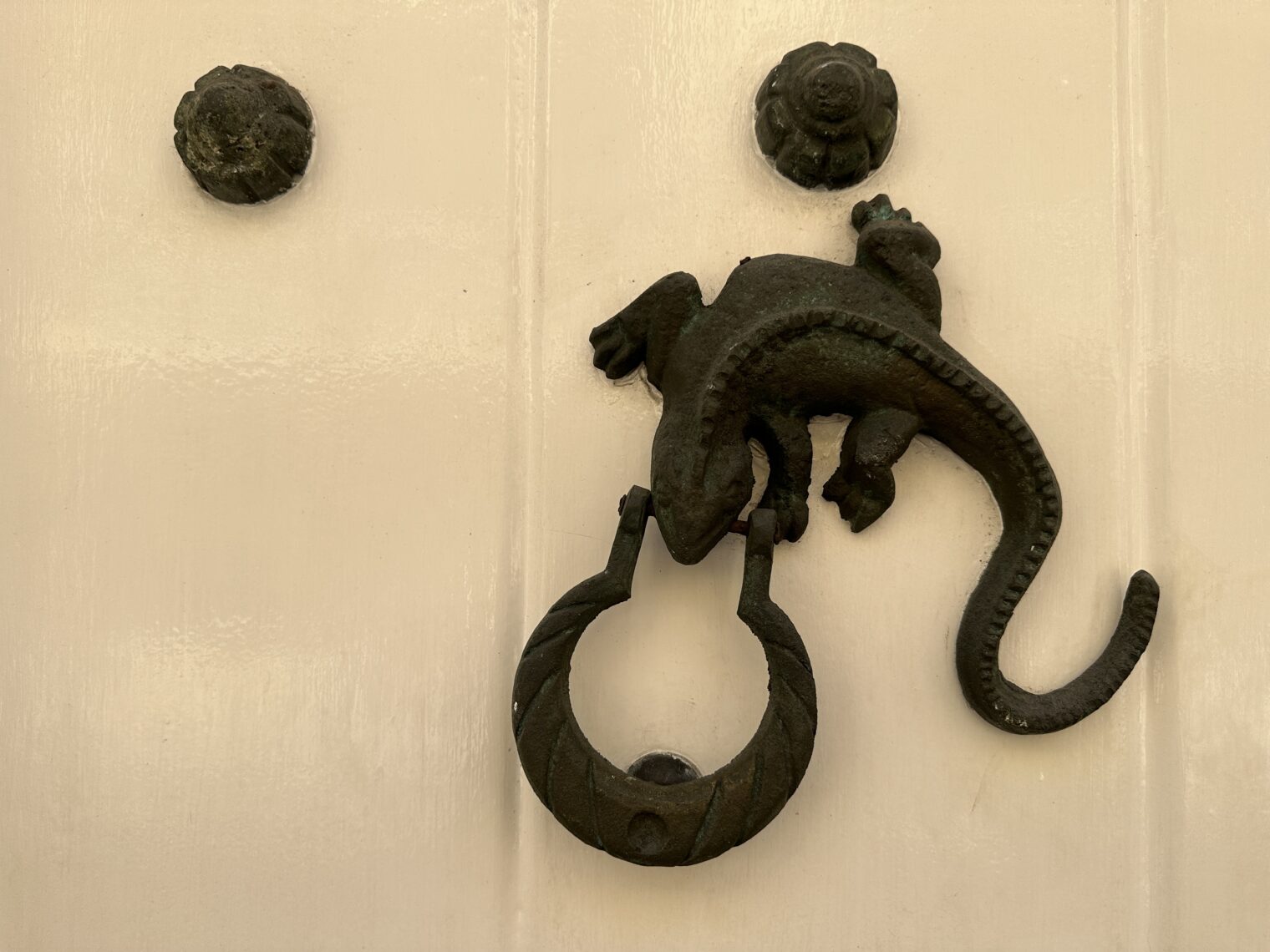
The town was previously fortified by a wall and now is protected against invasion by a ring highway as well as the wall.
This is unfortunate because the town can’t truly meet the water. We walked to the 16th-century Castillo de San Felipe de Barajas, watching our step carefully:
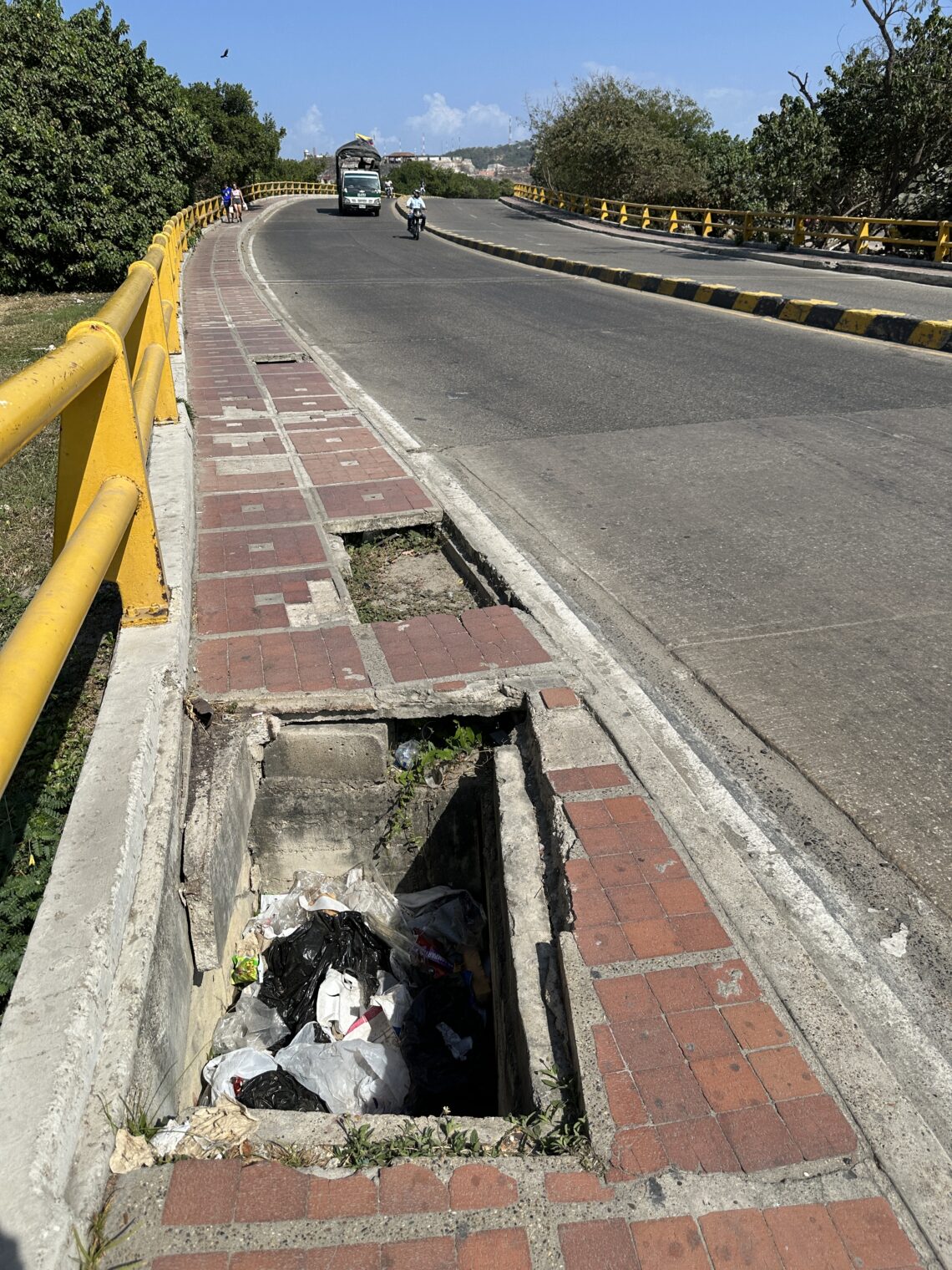



Then it was an Uber (less than $3 for the luxury option) back to the port.


Note the young slender local wearing a mask (voluntarily, I think, because some other employees did not have them). Colombia had a “mandatory nationwide lockdown” for approximately six months. Children lost more than a year of education as “most of the schools remained closed during most of 2021”. Borders were closed until May 2021 with testing and vaccine papers demands after that. The population was ordered to wear masks outdoors through at least February 2022 (Reuters) while indoor masking was required in 2023. (What was the short-term effect of these efforts? Colombia has suffered from a 23 percent excess death rate (versus 5 percent for no-lockdown no-mask Sweden) since January 1, 2020.)
Were we sad to sail away? Did we wish we’d booked a hotel and stayed three or four days? No and no. The old city of Panama is also a UNESCO World Heritage Site and the Panamanians are much wealthier than the Colombians, which means they can afford to restore everything, including the sidewalks, and they don’t need to be aggressive in trying to sell stuff to tourists. Also, there is much less car and truck traffic. If we wanted to vacation in the midst of an old Spanish colonial city in the region we would choose Casco Viejo.
If you’re planning to visit, maybe stay in the richest part of the modern city and hit the historic stuff for one or two days. Or check it off your bucket list by visiting via cruise ship! December through April are the agreed-on best months to visit and this is also when cruise ships sailing from Florida are unlikely to encounter any hurricanes (end of November is the end of the season for nautical and property insurance woe).
Full post, including comments
